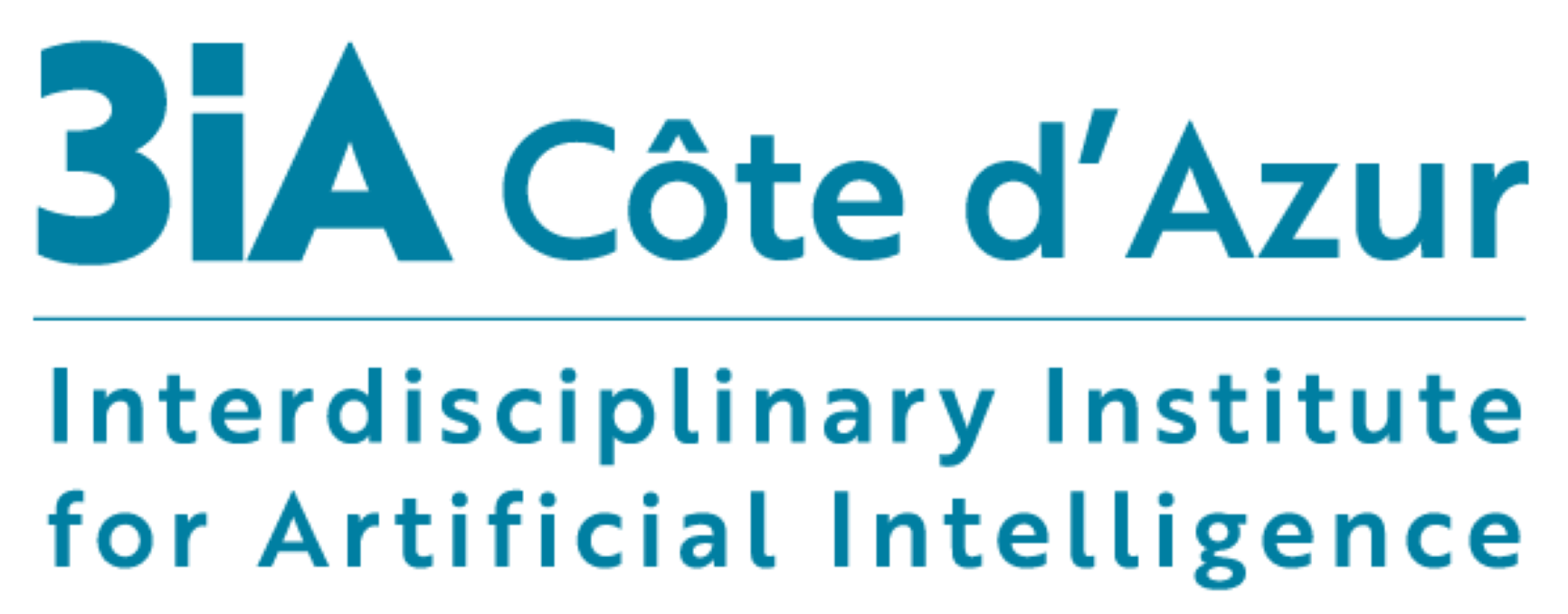Loading...
3IA Côte d'Azur - Interdisciplinary Institute for Artificial Intelligence
3IA Côte d'Azur est l'un des quatre "Instituts interdisciplinaires d'intelligence artificielle" créés en France en 2019. Son ambition est de créer un écosystème innovant et influent au niveau local, national et international. L'institut 3IA Côte d'Azur est piloté par Université Côte d'Azur en partenariat avec les grands partenaires de l'enseignement supérieur et de la recherche de la région niçoise et de Sophia Antipolis : CNRS, Inria, INSERM, EURECOM, SKEMA Business School. L'institut 3IA Côte d'Azur est également soutenu par l'ECA, le CHU de Nice, le CSTB, le CNES, l'Institut Data ScienceTech et l'INRAE. Le projet a également obtenu le soutien de plus de 62 entreprises et start-ups.
Derniers dépôts

Documents en texte intégral
735
Notices
332
Statistiques par discipline
Mots clés
Semantic Web
Apprentissage profond
Hyperbolic systems of conservation laws
Semantic segmentation
Brain-inspired computing
Alzheimer's disease
Electrocardiogram
Artificial Intelligence
Change point detection
Deep learning
MRI
Chernoff information
RDF
Extreme value theory
Fluorescence microscopy
Co-clustering
Linked Data
CNN
Adversarial classification
Geometric graphs
Autoencoder
Information Extraction
Contrastive learning
Diffusion strategy
53B20
Sparsity
Cable-driven parallel robot
FPGA
Image segmentation
Latent block model
Semantic web
Coxeter triangulation
Convergence analysis
Clinical trials
Consensus
Grammatical Evolution
Artificial intelligence
Dense labeling
Spiking Neural Networks
Atrial fibrillation
Knowledge graphs
Argument mining
Explainable AI
Topological Data Analysis
Atrial Fibrillation
Macroscopic traffic flow models
Graph neural networks
Distributed optimization
Spiking neural networks
Electrophysiology
Ontology Learning
COVID-19
FDG PET
Super-resolution
Medical imaging
Healthcare
Convolutional Neural Networks
Web of Things
Autonomous vehicles
Clustering
Excursion sets
Convolutional neural networks
Unsupervised learning
OPAL-Meso
Segmentation
Knowledge graph
Domain adaptation
Computer vision
Privacy
Arguments
Linked data
SHACL
Isomanifolds
Diffusion MRI
Computing methodologies
Neural networks
NLP Natural Language Processing
Deep Learning
Uncertainty
Federated Learning
SPARQL
Anomaly detection
Biomarkers
Convolutional neural network
Computational Topology
Image fusion
Predictive model
Hyperspectral data
Machine learning
Federated learning
Persistent homology
Caching
Multi-Agent Systems
Visualization
Argument Mining
Echocardiography
Extracellular matrix
Optimization
Graph signal processing
NLP


